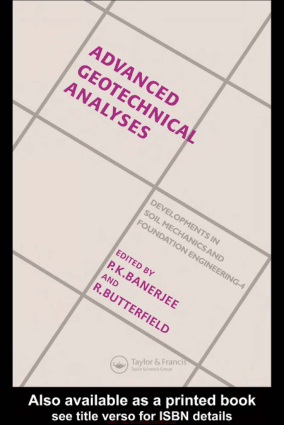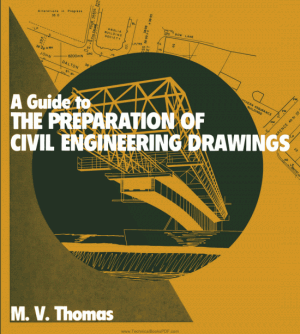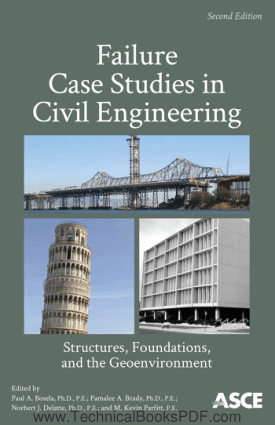Advanced Geotechnical Analyses By P.K.Banerjee and R.Butterfield

| Civil Engineering Books | |
| Language | English |
| File Type | |
| 394 | |
| Views | 1,879 views |
| File Size & Downloads | Size 8.9 MiB Downloads 494 |
Short Desciption:
This "Advanced Geotechnical Analyses By P.K.Banerjee and R.Butterfield" book is available in PDF Formate. Downlod free this book, Learn from this free book and enhance your skills ...
Introduction
Geotechnical engineers have to deal with complex geometrical configurations as well as enormously difficult materials which exhibit, strongly, a path-dependent mechanical behavior. In addition, geological deposits display extensive inhomogeneities which are often difficult to define quantitatively. As a result, most geotechnical engineering design problems require significant use of the engineer’s imagination, creativity, judgment, common sense, and experience. To many geotechnical engineers, therefore, the role of any advanced analysis, particularly advanced computer-based analyses, remains undefined. The editors have therefore invited some outstanding engineers who are engaged not only in developing advanced level geotechnical analyses but are also in consulting practice to write various chapters of this book. These chapters show that a careful blend of engineering judgment and advanced principles of engineering mechanics may be used to resolve many complex geotechnical engineering problems. It is hoped that these may inspire geotechnical engineering practice to make more extensive use of them in the future.
Because of the difficulties associated with complex geometries and material behavior it is not surprising that the advanced analyses described in this book make extensive use of modern digital computers. Simplified hand calculations, although they have the attraction of being very good teaching tools, are rarely able to quantitatively reproduce the complete physical characteristics of the problem. Chapter 1 deals with the complex interactions between fluid and solid skeletons for both static and dynamic loading. The governing equations for the solid and fluid constituents have been set out in a general manner and a nonlinear transient finite element formulation for the problem developed. A centrifuge model test of a dike is then simulated by the analysis, and the success of the developed analysis was demonstrated by the ability of the analytical model to reproduce the physical observations in the centrifuge model.
The mechanical behavior of saturated geomaterials in general, and of soils in particular, is governed largely by the interaction of their solid skeleton with the fluid, generally water, present in the pore structure. This interaction is particularly strong in dynamic problems and may lead to a catastrophic softening of the material known as liquefaction which frequently occurs under earthquake loading.
The two-phase behavior just described allows the solution of many problems of practical interest, but is not adequate in others where semi-saturated conditions exist. In particular, if negative fluid pressures develop, dissolved air is released from the fluid or simply enters into the mixture via the boundaries and thus both air and water fill the voids. Indeed it is this semi-saturated state that permits the negative pressures to be maintained through the mechanism of capillary forces. Such negative pressures provide a certain amount of ‘cohesion’ in otherwise cohesionless, granular matter and are necessary to account for the realistic behavior of only partly saturated embankments under dynamic forces.
The saturated behavior is fundamental and, though understood in principle for some considerable time, can only be predicted quantitatively by elaborate numerical computations, which fortunately today is possible due to the developments of powerful computers. It is the aim of this chapter to present a full account of the development of such numerical procedures and to extend such formulations to problems of semi-saturated behavior with a simplifying assumption concerning the air flow. The results of the computations are validated by comparison with model experiments. Such validation is, of course, essential to convince the skeptics and indeed to show that all stages of the mathematical modeling are possible today. It is necessary to generate a predictive capacity which in general, due to the scale of the phenomena, cannot be accurately tested in the laboratory.


